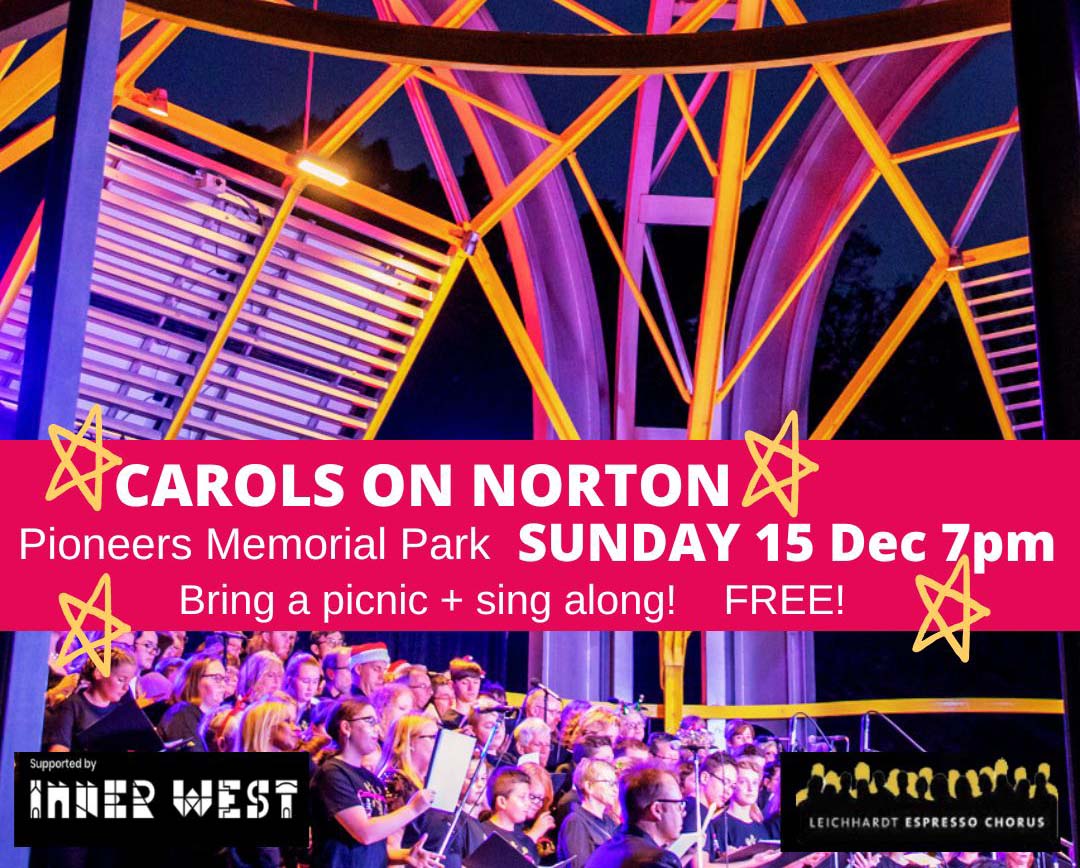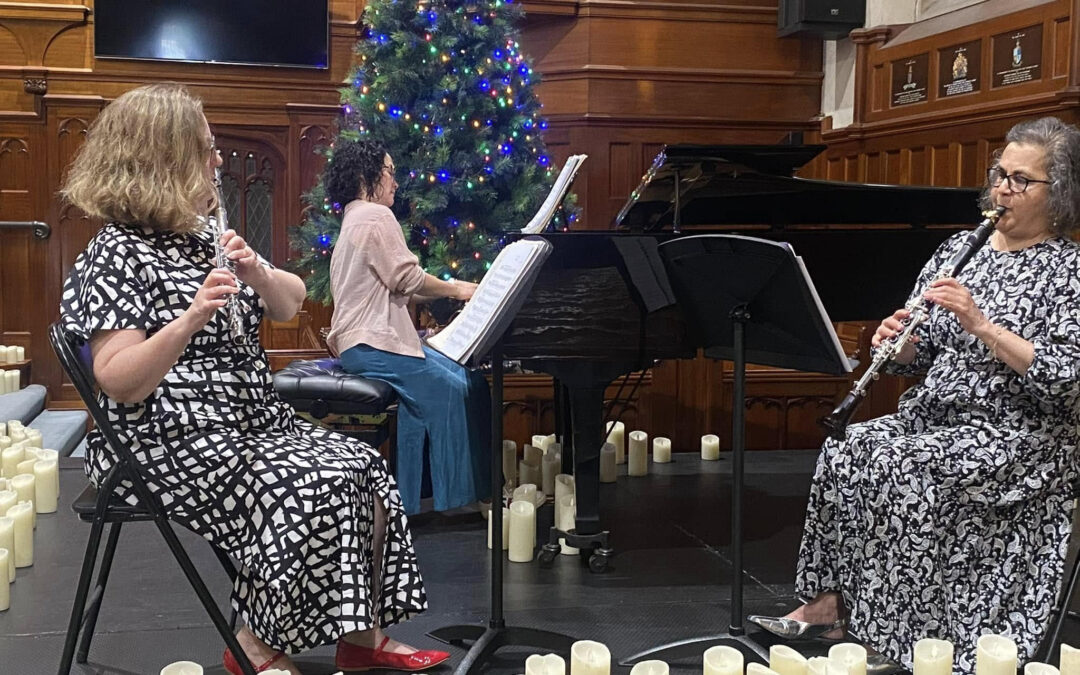“One could say that Young did not just conduct the symphony; she danced the symphony”
It was wonderful to see so many people of all ages attend this concert which featured the collaboration of Australia’s finest musicians now playing in the finest orchestras over the world and conducted by one of the few Australian conductors to have conducted the Vienna Philharmonic. The opportunity for the young musicians in ANAM to play with these mentors is, as the address in the programme from the Prime Minister says, a “commitment to supporting the next generation of musicians” in Australia. Programmes do seem to have increased in price since I last attended a concert of this type and having paid $20.00 for the commemorative programme complete with artistically paint brushed red edges on the pages, I proceeded through the buzz in the foyer to my seat.
The programme notes written in 1996 by Elliot Gyger were very complete and informative providing a brief historical context and then further explaining the salient features of the one work with ten movements, the Turangalila Symphony. Each movement was given a brief synopsis of its characteristics and themes. In a work as complex as this symphony this is highly necessary provided of course if one reads it all before the lights go down! I did and as such gained a better listening experience. The symphony’s name comes from Sanskrit words that translate roughly to mean “love song” or “hymn of joy”. At the time of writing around, 1946-1948, Messiaen was also fascinated by the 12th century love myth of Tristan and Isolde.
The piece is not really a symphony in the original 18th and 19th century sense and the fact of there being ten movements are in a sense proof of this as well as the construction of the movements. What Messiaen does in each movement is to juxtapose themes and melodies as well as rhythmic elements in a manner that is almost polyphonic in style although this label does not do the work justice. As such the listening experience is extremely intense and one has to concentrate accordingly. Certainly in one listening session, this work does not reveal everything and I believe many sessions are required to really work out this love song symphony. This makes this work a challenge for the audience although the enthusiastic applause at the end showed great appreciation which was well deserved.
While the musicians all played superbly and showed a huge commitment to this work and playing together, Simone Young deserves the most accolades for her superb conducting of this piece. Quite apart from the complex time and metre changes and other technical requirements for the conductor, she showed the ability of a true conductor in being able to inspire the orchestra with her interpretation and direction of the whole work. One could say that Young did not just conduct the symphony; she danced the symphony with humour, cheekiness, seriousness and great energy in a rapturous and rhapsodic dance. Young’s energy and drive paired with her vision of the work brought this symphony to an amazingly vibrant life. While I could have taken copious notes of all the many wonderful things, I particularly noted her lively dance in the fourth movement bringing to the fore a sense of humour with a cheeky yet sensual overtone. Sitting to the side near the front I could also see Young’s eyes flashing with the movement’s energy! In addition I was taken away by the handling of the sixth movement’s slow phrases, which always seemed to go somewhere and yet seemed entirely in the moment. Entitled “Jardin du sommeil d’amour”, (garden of the sleep of love) the movement had poise in its “self-absorption” around the love theme’s slow embrace.
Timothy Young lent great energy and drive in what must be a very difficult piano part. The accuracy of playing in the complex rhythms and his ensemble with the orchestra was first class, always playing in the right context, sometimes as a soloist and sometimes as an orchestral member in an ever dynamically changing role.
Jacob Abela played the ondes martenot, an early electronic instrument which has similarities to the theremin made famous today for those who watch “Midsomer murders”! Again everything here was done in fitting manner and style so that the instrument blended with the orchestra when needed and provided the main thematic material in other sections with accuracy and panache.
In casting my eyes over what I could see of the orchestra, I noted the concentration and assurance of each member and the camaraderie between the older members and the younger ANAM members. This concert was a blending of many highly talented people performing a highly complex and difficult work with commitment and energy to produce an exceptional and unforgettable concert.





























